1. The Tet Offensive Shakes America
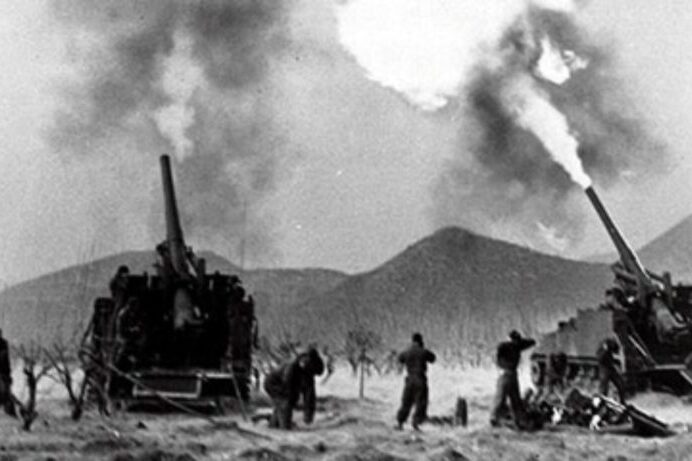
1968 wasn’t just another year, it was a breaking point for the world. On January 30, Viet Cong and North Vietnamese troops launched surprise attacks across South Vietnam. The Tet Offensive stunned both the U.S. military and the public, who had been told victory was near. Cities once considered safe erupted in gunfire, and the violence was broadcast into American homes. Although the attacks were eventually repelled, the psychological damage was done. Many began to question the truth about the war. For the first time, America realized victory might not mean peace.
2. Tragedy in Orangeburg
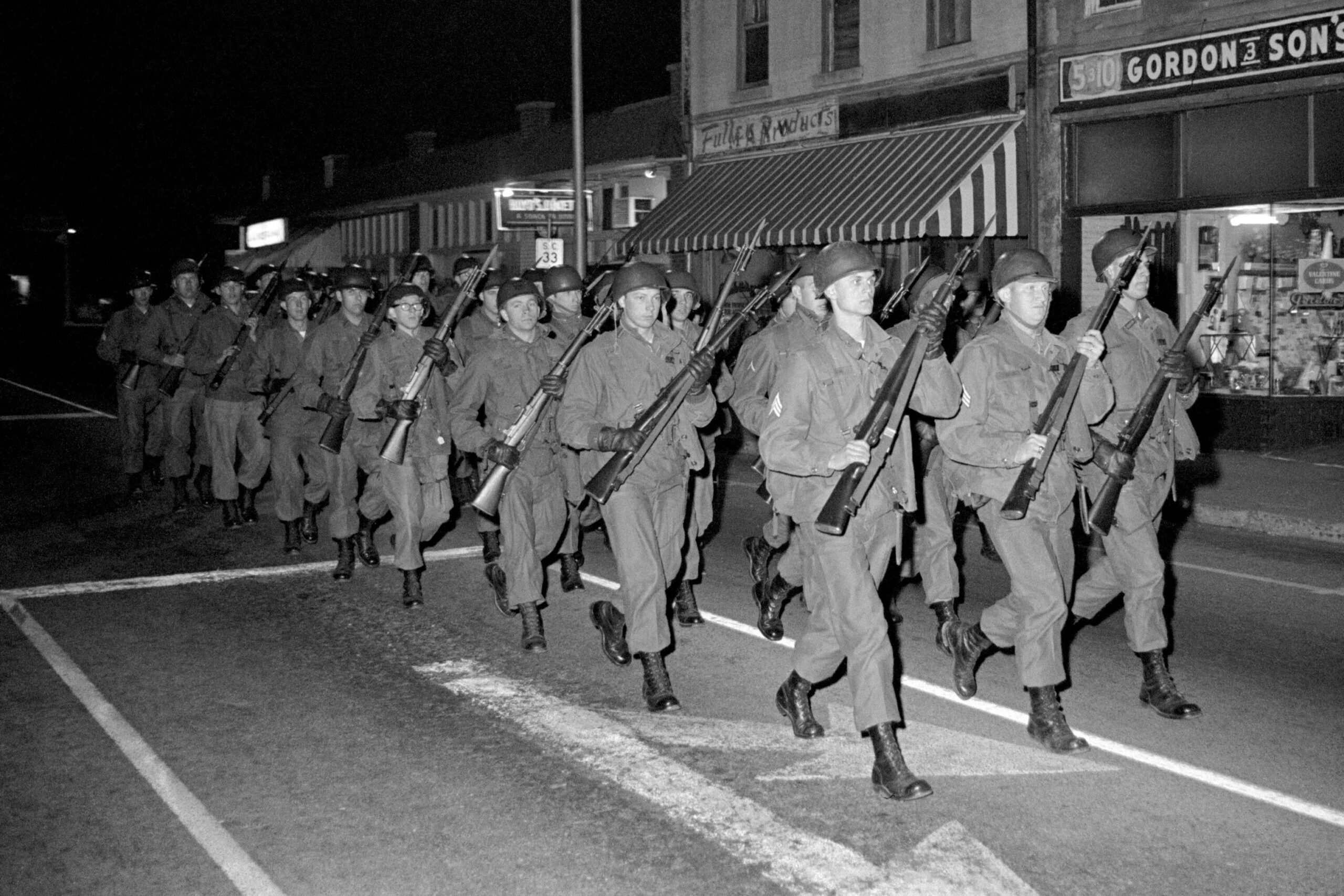
On February 8, 1968, South Carolina State College students gathered to protest a segregated bowling alley in Orangeburg. Their peaceful demonstration ended in tragedy when police opened fire on the crowd. Three young Black men were killed and 28 others were wounded. It became one of the least remembered yet most painful events of the civil rights era. The victims were unarmed, their only demand was equality. While the nation focused on Vietnam, injustice bled quietly at home. The Orangeburg Massacre revealed how far America still had to go toward racial healing.
3. The My Lai Massacre

March 16 marked one of the darkest moments of the Vietnam War. U.S. troops entered the small village of My Lai searching for enemy fighters. Instead, they massacred hundreds of unarmed Vietnamese civilians, including women and children. The soldiers believed they were following orders, but history saw it differently. When the story emerged the following year, it shocked the world. The My Lai Massacre shattered trust in military leadership and deepened the antiwar movement. It proved that even in war, conscience can be the loudest weapon against cruelty.
4. LBJ Steps Away

By the end of March, America’s leader had reached his breaking point. On March 31, President Lyndon B. Johnson addressed the nation, weary from years of war and unrest. As his voice cracked, he shocked everyone by announcing he would not seek re-election. It was an unexpected moment of vulnerability from a man once known for his power and determination. Johnson’s decision symbolized the exhaustion of an entire country. The Vietnam War had taken more than lives; it had drained the spirit of a generation longing for peace.
5. The Day Martin Luther King Jr Fell
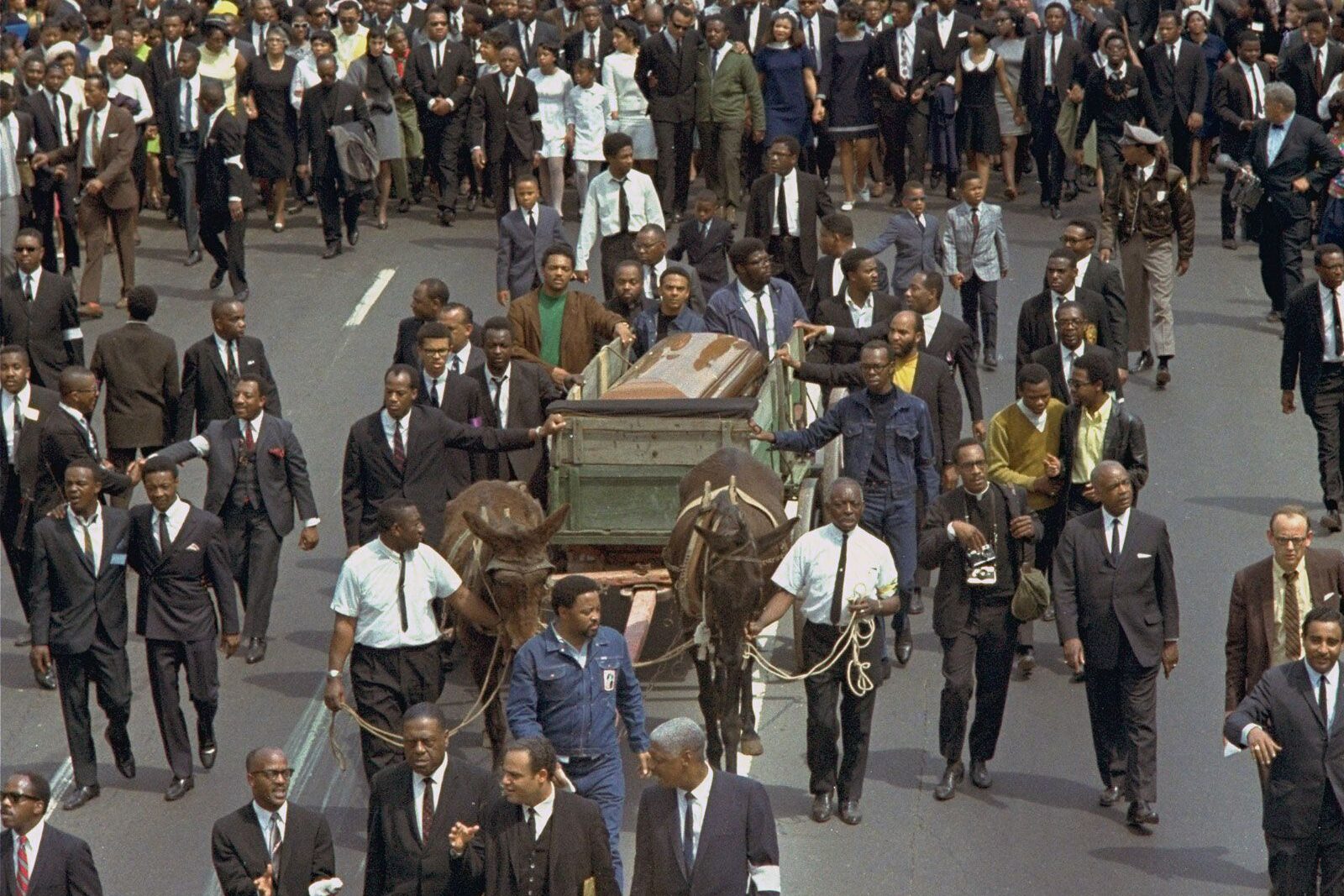
April 4, 1968, remains one of the saddest days in American history. Standing on the balcony of the Lorraine Motel in Memphis, Martin Luther King Jr was shot by an assassin’s bullet. His death triggered riots in over 100 cities as grief turned to rage. Yet within the sorrow came a call to continue his dream. Streets burned, but his message of justice refused to die. In death, King became even larger than life, a symbol of hope and perseverance that would inspire generations to keep marching forward.
6. A Promise Signed into Law

Only a week after King’s assassination, the nation saw a small light break through the darkness. On April 11, President Lyndon Johnson signed the Civil Rights Act of 1968. The law included the Fair Housing Act, banning discrimination in renting or selling homes and giving marginalized communities a chance at fairness. Johnson called it a victory for justice, but it felt bittersweet. Many saw it as a promise born from pain, a reminder that progress often walks hand in hand with loss. Still, it stood as a quiet tribute to Dr. King’s enduring dream.
7. Paris Erupts in Protest
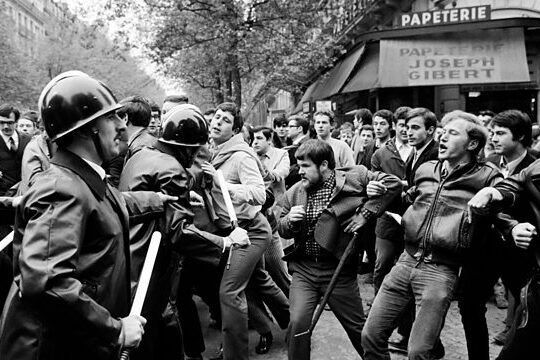
In May, the winds of rebellion swept across the Atlantic to France. Students in Paris filled the streets demanding change, clashing with police in fierce protests that soon spread nationwide. “Sous les pavés, la plage” meaning “under the pavement, the beach” became their rallying cry for freedom. Workers joined the movement, bringing the country to a standstill. President Charles de Gaulle briefly fled, unsure what would happen next. Though the protests eventually faded, they left behind a spark of idealism and a lasting belief in the power of youth.
8. Robert F Kennedy’s Final Night

On June 5, 1968, hope flickered once more. After winning the California Democratic primary, Senator Robert F Kennedy stood before cheering supporters at the Ambassador Hotel in Los Angeles. Moments later, he was shot in the kitchen hallway. He died the next day, and America mourned deeply. Kennedy had represented possibility, compassion, and a bridge across division. His funeral train traveled from New York to Washington, watched by millions who stood silently as it passed. It felt like a nation losing not just a leader but a piece of its heart.
9. Prague’s Brief Spring
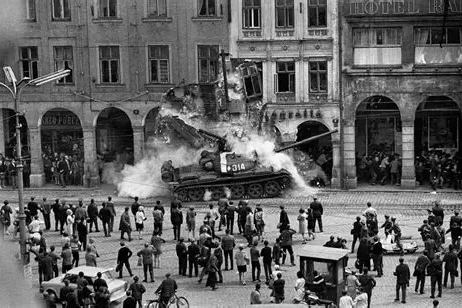
That summer, Czechoslovakia blossomed with hope under reformist leader Alexander Dubček. His promise of “socialism with a human face” inspired people to believe change was possible. For a few months, the country enjoyed freedom of speech and expression unseen for decades. Then, on August 20, Soviet tanks invaded Prague, crushing the movement overnight. The reformers were silenced, and the dream of a gentler system vanished. Yet the courage of the people remained, proving that even short-lived freedom can light a fire that lasts for generations.
10. Chaos at the Chicago Convention
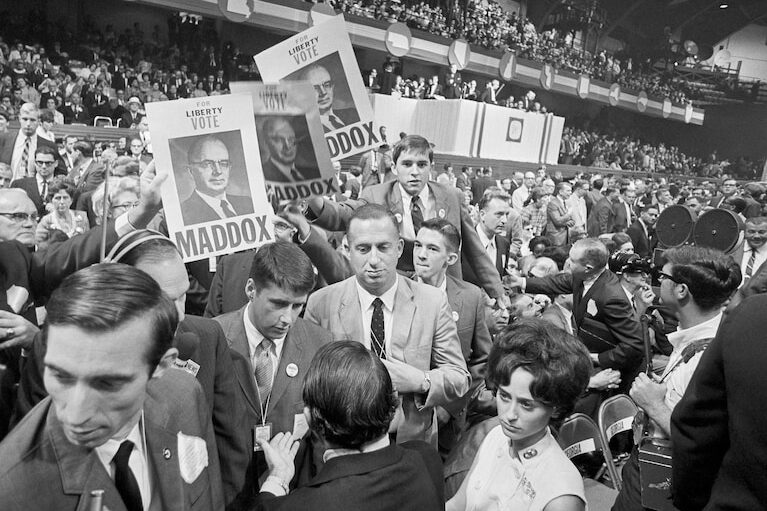
In late August, the Democratic National Convention in Chicago became a battleground for America’s soul. Thousands of protesters gathered to demand an end to the Vietnam War, while police responded with brutal force. Television cameras captured the chaos, showing officers striking demonstrators as tear gas filled the air. The chant “The whole world is watching” echoed through the streets, and indeed it was. The violence didn’t just define a convention; it reflected a nation torn apart by anger, war, and the desperate search for direction.
11. The Miss America Protest
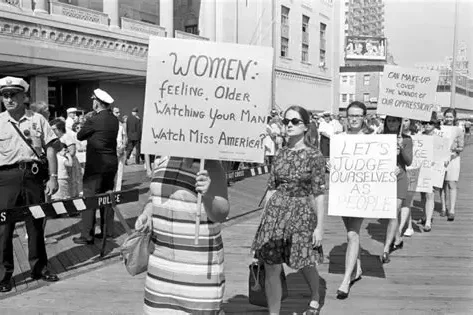
September brought a different kind of revolution, one led by women challenging old ideals. During the Miss America Pageant in Atlantic City, feminists staged a lively protest outside the venue. They tossed bras, girdles, and makeup into a “Freedom Trash Can” to reject the idea that beauty defined worth. No one burned anything, but the gesture ignited a spark that became the women’s liberation movement. Their bold humor and defiance made headlines and changed conversations. It wasn’t about crowns or contests, but about freedom and equality for all.
12. Blood in Mexico City
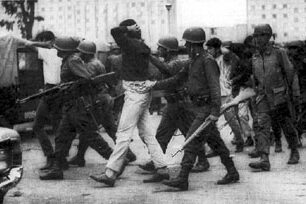
October began with heartbreak in Mexico. On October 2, thousands of students gathered at Tlatelolco Plaza to protest government oppression before the upcoming Olympics. As they chanted for change, armed forces surrounded them and opened fire. Hundreds were killed or disappeared in what became known as the Tlatelolco Massacre. The government silenced news reports, but the truth survived through witnesses. It was a chilling reminder of how fear tries to silence courage. Even in darkness, their bravery became a quiet symbol of resistance and the right to be heard.
13. Fists Raised for Justice
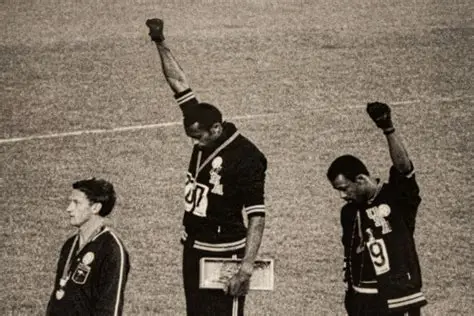
During the Mexico City Olympics on October 16, two American sprinters, Tommie Smith and John Carlos, made history on the medal podium. As the national anthem played, they bowed their heads and raised gloved fists in silent protest against racial injustice. The act was seen by millions and cost them dearly, yet it became one of the most powerful symbols in sports history. Their courage showed that dignity and truth can stand taller than medals. The world saw that protest could be silent but still thunderously clear.
14. Nixon’s Narrow Win

By November, America longed for stability after months of violence and uncertainty. Richard Nixon won the presidential election, presenting himself as a calm, steady hand who would restore order and bring peace to Vietnam. His victory speech promised unity and a return to national strength. For many weary citizens, he seemed like the answer to a year that felt like too much. Yet deep beneath the relief, the nation remained divided. The 1968 election wasn’t just a political shift; it was a mirror reflecting America’s struggle to find balance between fear and hope.
15. Voices of the Forgotten

Later that month, the American Indian Movement was founded in Minneapolis. Native activists gathered to fight against poverty, discrimination, and the loss of their lands. They demanded respect, representation, and self-determination for Indigenous people. AIM brought national attention to issues long ignored, using peaceful demonstrations and community programs to push for change. Their movement became a voice for the voiceless, reminding America that justice must include everyone. In a year filled with division, their unity offered a glimpse of healing and hope through collective strength.
16. Elvis Finds His Voice Again

December brought music back to a weary nation. On December 3, Elvis Presley’s television special aired, marking his long-awaited return to live performance. Dressed in black leather and full of energy, he sang like a man rediscovering himself. Fans who had grown up with him felt revived too. After years of Hollywood detours, Elvis reminded the world what raw talent and joy looked like. His comeback wasn’t just entertainment; it was a reminder that even when things seem lost, passion can always find its way home.
17. Earthrise A View from Beyond

As the year ended, humanity looked up and saw something extraordinary. On December 21, Apollo 8 launched into space and became the first mission to orbit the Moon. When astronaut Bill Anders captured the Earth rising over the lunar surface, the photograph stunned the world. From space, our planet looked small, blue, and fragile. The image called “Earthrise” reminded everyone how connected we are. After a year of violence and division, it gave people perspective. Maybe unity wasn’t a dream after all, just a higher point of view.
1968 was a year of assassinations and upheaval, when leaders fell, streets burned, and even the view from space revealed a fragile world in crisis.
This story 1968, The Year of Assassinations and Upheaval was first published on Daily FETCH


